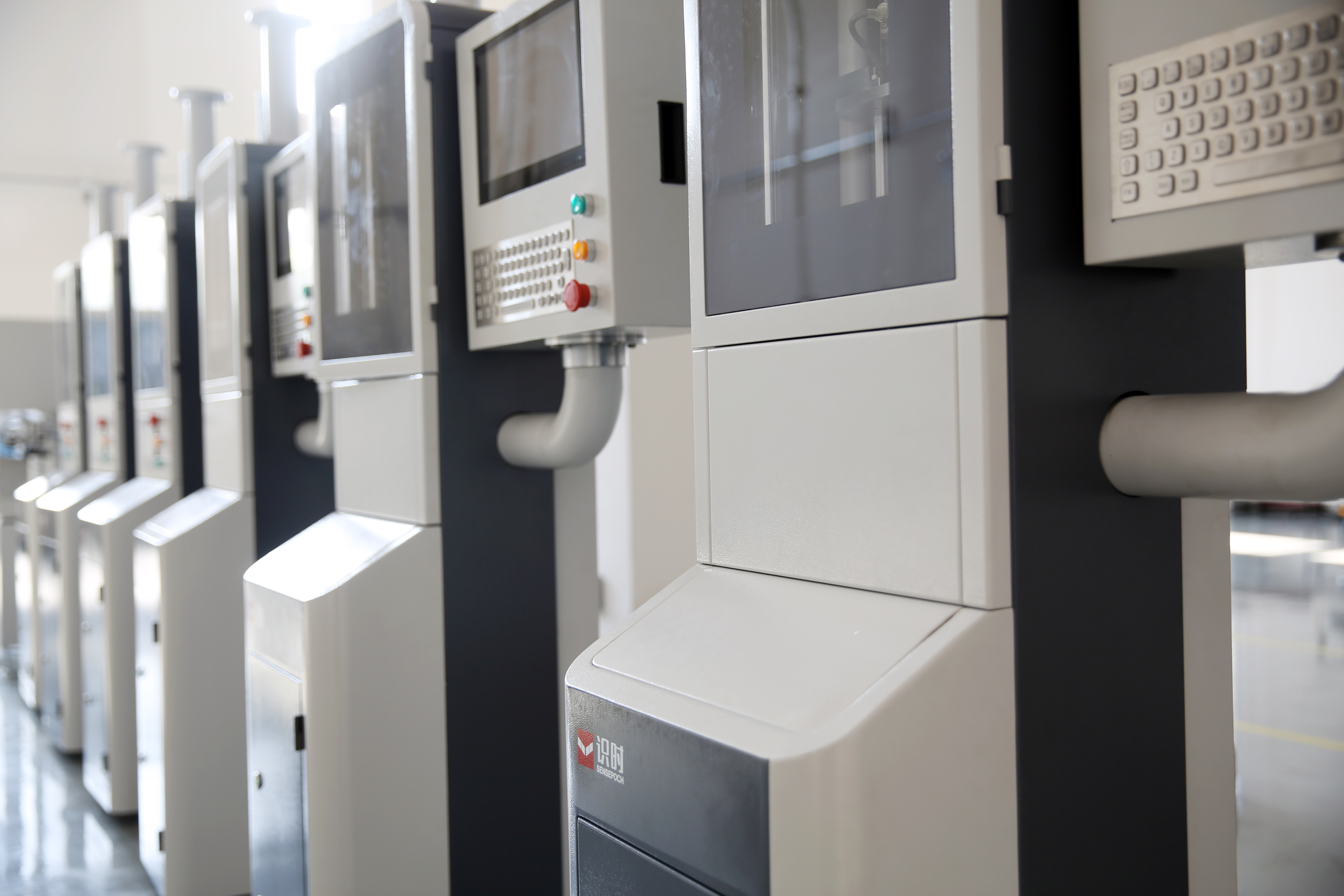hospital tube system
A hospital tube system, also known as a pneumatic tube transport system, represents a sophisticated network of tubes and stations designed to efficiently move medical supplies, specimens, documents, and other essential items throughout healthcare facilities. This automated transport solution utilizes compressed air or vacuum technology to propel carriers through a carefully engineered network of tubes connecting different departments. The system consists of multiple components, including sending and receiving stations, transfer units, carriers, and a central control system that monitors and manages all transmissions. Modern hospital tube systems incorporate advanced features such as RFID tracking, automated routing algorithms, and real-time delivery monitoring. These systems can handle various payload types, from routine paperwork to temperature-sensitive specimens, with specialized carriers designed for different purposes. The technology enables rapid point-to-point delivery, typically achieving transit times of 2-3 minutes between stations, regardless of the physical distance or building layout. Security features include carrier tracking, delivery confirmation, and access controls to ensure safe and accountable transport of sensitive materials. The system's versatility allows it to serve multiple departments simultaneously, including laboratory, pharmacy, blood bank, operating rooms, and nursing stations, creating an efficient internal logistics network that operates 24/7.


